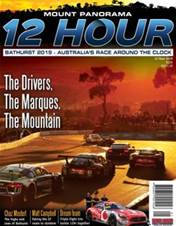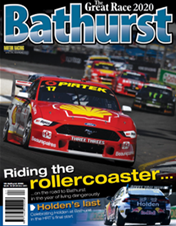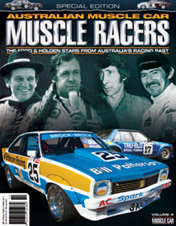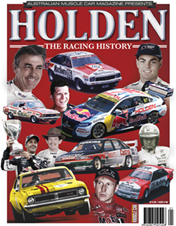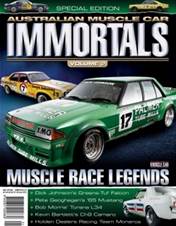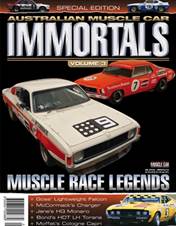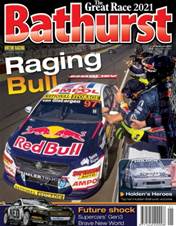On September 1976, Sydney’s Liverpool City Raceway promoted its annual $1000-to-win Demo Derby with the promise: “See 100 pro-am stars take their equipment to the graveyard, after 50 minutes of frantic first and reverse gear madness”.
These events were so popular that The Sun newspaper entered a team of three ‘Olden Holdens’ sponsored by McGrath Holden. And Derryn Hinch, then editor of the newspaper, was in the lead car.
Other Sun drivers were Australian speedcar champion Ronnie McKay (John Harvey’s brother-in-law) and the then Sun motoring editor Phil Christensen. ‘Christo’ as he's affectionately known, retains fond memories of that demo derby with Derryn:
“Back from New York, where he headed up the Times Square office for the Fairfax newspaper group, Derryn Hinch had just been installed as editor of The Sun. He had no intention of joining the long line of faceless predecessors. Hinch had a head full of Yankee promotional savvy and set out to give a bold personality to the paper… and himself at the same time.
“It was the much-maligned Demolition Derby that brought me onto the new editor’s radar. I had written an article on the oddity of demo derbies published in, of all places, the august news section of The Sydney Morning Herald.
“I was happy with the piece; Derryn must have been, too. It quoted Islip Speedway in New York State as the spiritual birthplace of demo derbies, remembering Derryn’s love for all things NY. Thus I was offered the role as Motoring Editor of The Sun.
“There shortly followed another upcoming blockbuster Demo Derby planned for a Liverpool Speedway Sunday afternoon. Hinch was soon standing by my desk with an inquisitive look. My clouded recollection is that (Liverpool promoter) Mike Raymond played a part in pulling together The Sun team, with George and Joe Tatnell commissioned to turn out one of history’s best-looking demo derby operations.
“Demolition derbies in the 1970s were absolutely huge. There were some 120 entries this day with a good smattering of journos, radio disc jockeys and assorted B-list celebs. No sooner had the action begun, than I was out of action. First tap and my vehicle’s tailshaft was on the deck. Much later, apologies from G Tatnell.
“Ronnie McKay did not last much longer, so it was left to Derryn to defend the newspaper's honour. And he did a fair job from what I observed. Certainly not one of life’s defining moments for Derryn, but the good-spirited way he threw himself at the task was a foretaste of what was evolving as a quirky, attention-getting career in Australian media.
“And did Hinch’s day at the races spawn an ongoing interest in the sport of speedway? Nah. He and his troupe spent most of the afternoon in Mike Raymond’s office playing backgammon!”
At least Liverpool adopted a six-cylinders-only rule, unlike Adelaide’s Rowley Park speedway, which encouraged V8 Yank Tanks to enter its demo derbies.

Today, the entry list for Rowley Park’s 1977 spectacular is enough to make a grown man cry. Destroyed on the night were seven Plymouths, seven Fairlanes, six Chevs, six Chrysler Royals, two Pontiacs, two Studebakers and single examples of Buick, Dodge, Ford Customline, Rambler Classic, Hudson and Packard. Even the destruction of a Humber Super Snipe and a Standard Vanguard seems a shame these days!





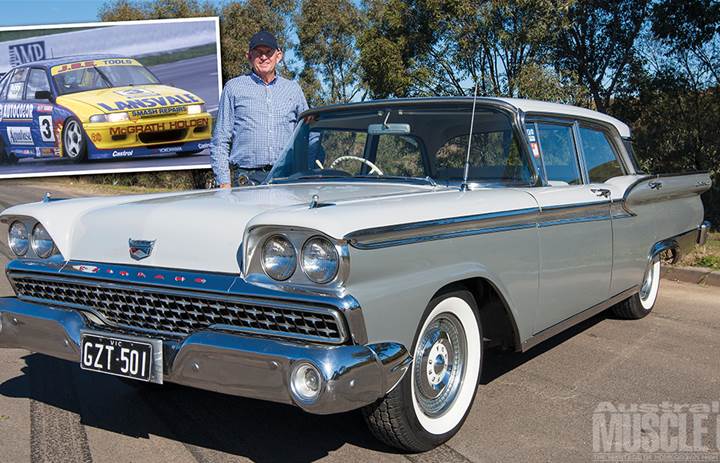

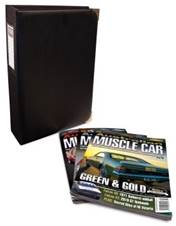
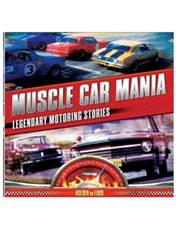
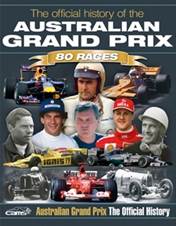
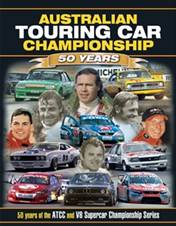
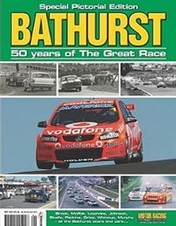
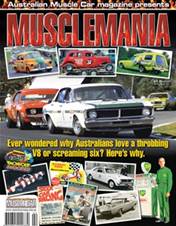
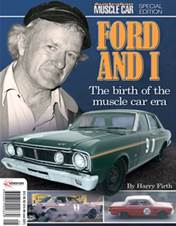
.jpg&q=70&h=226&w=176&c=1&s=1)
